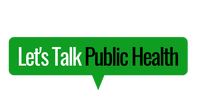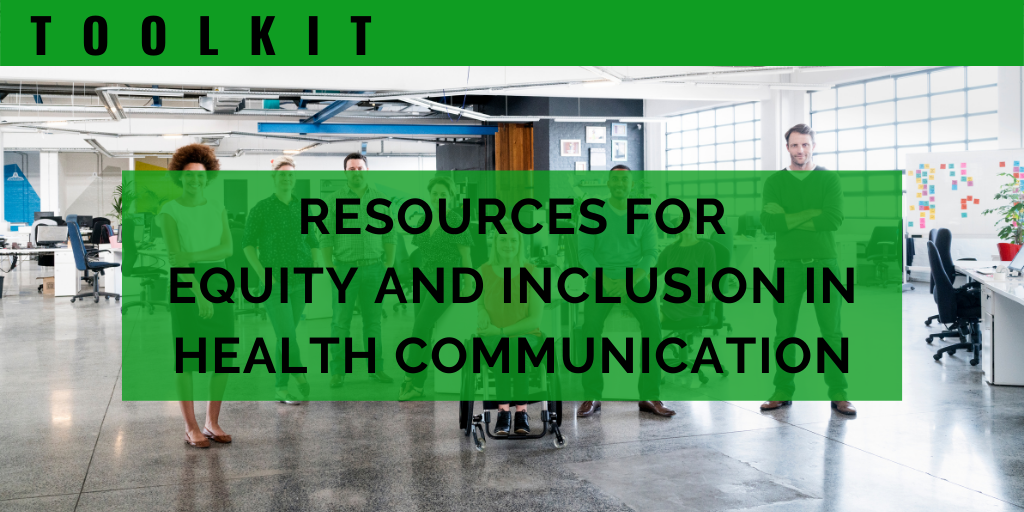|
Cultural and linguistic competence in health communication is a must. Public health professionals must ensure that the health information, advice and guidance we provide recognizes and accounts for diversity in culture and language within target audiences. This is true when engaging with communities, cross-sector partners, and fellow professionals.
Tailoring health messages, information and data to recognize and account for diversity in culture and language within target audiences can improve accessibility; enhance the quality, efficiency, and effectiveness of health communication; and increase the likelihood of positive behavior change and health outcomes.
Language is a key part of tailoring health messages, information, and data. Words matter. It’s important for public health professionals to intentionally assess the terms and phrases we use to ensure they avoid bias and stigmatization and promote equity, diversity, inclusion, cultural sensitivity, and respect. These free tools and resources will help you in your efforts to address audiences inclusively, accurately, and respectfully:
Last updated: July 10, 2024
First published: May 2, 2022
0 Comments
Your comment will be posted after it is approved.
Leave a Reply. |
�
Learn about our blog submission guidelines. >>
The views and opinions expressed by individual authors on this blog are their own and do not necessarily reflect the official policy or position of Let's Talk Public Health.
Categories
All
|
|
Highlights
Explore
Connect
|
© 2024 Let's Talk Public Health, LLC. All rights reserved. | View our Privacy policy | Terms of service | Disclaimer | Editorial policy.


 RSS Feed
RSS Feed